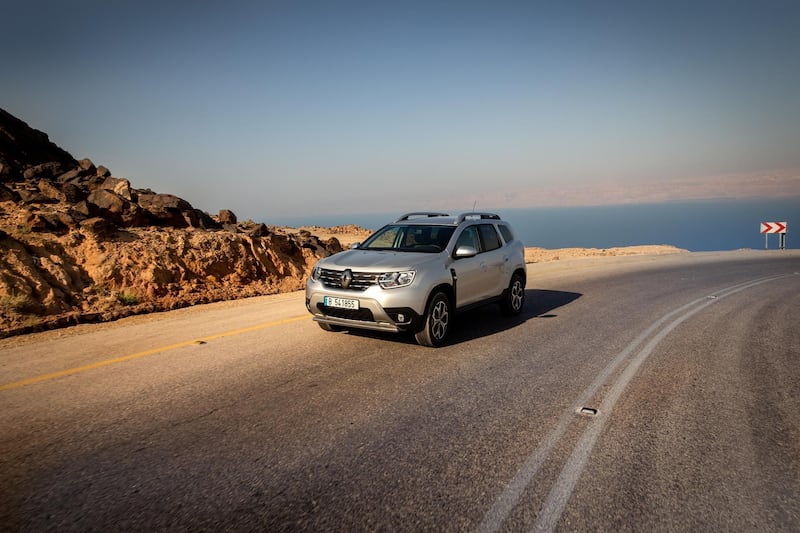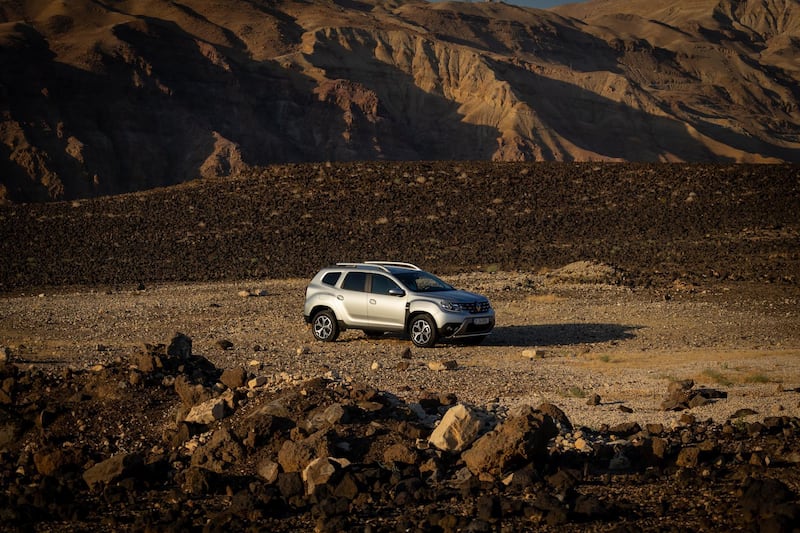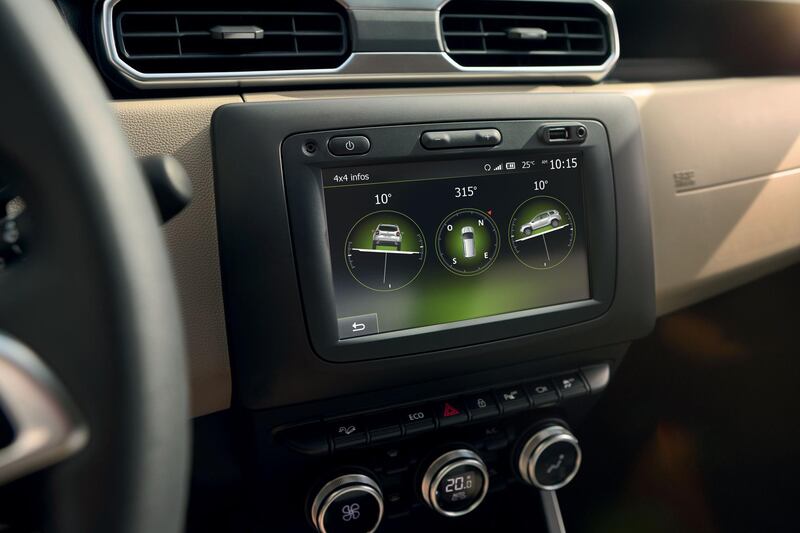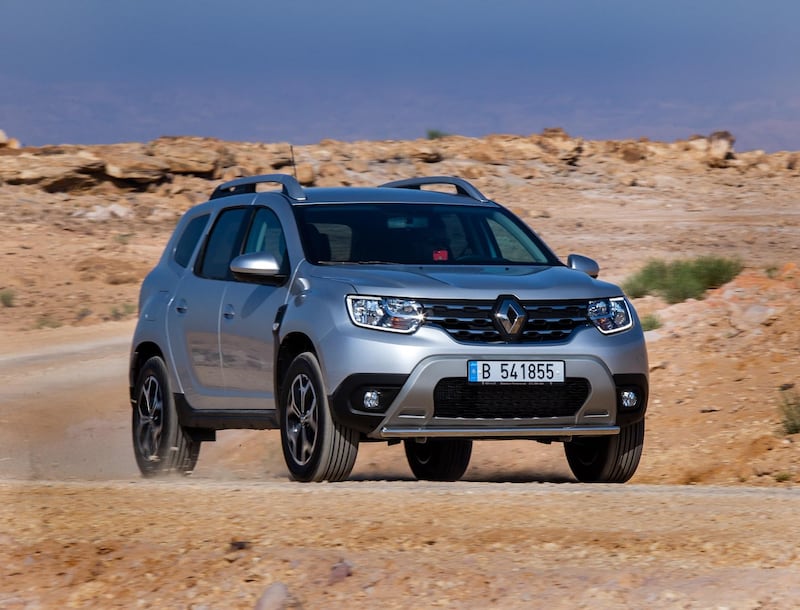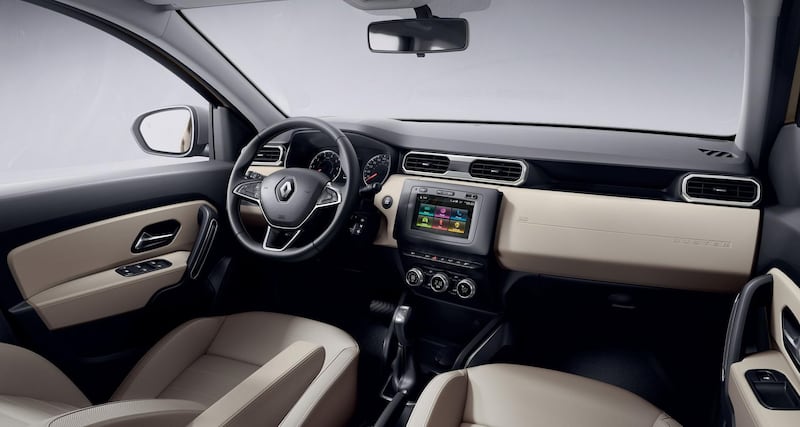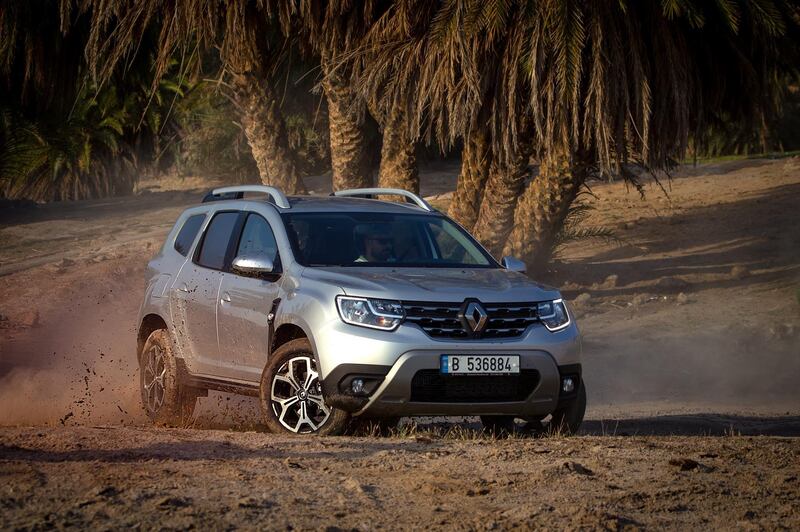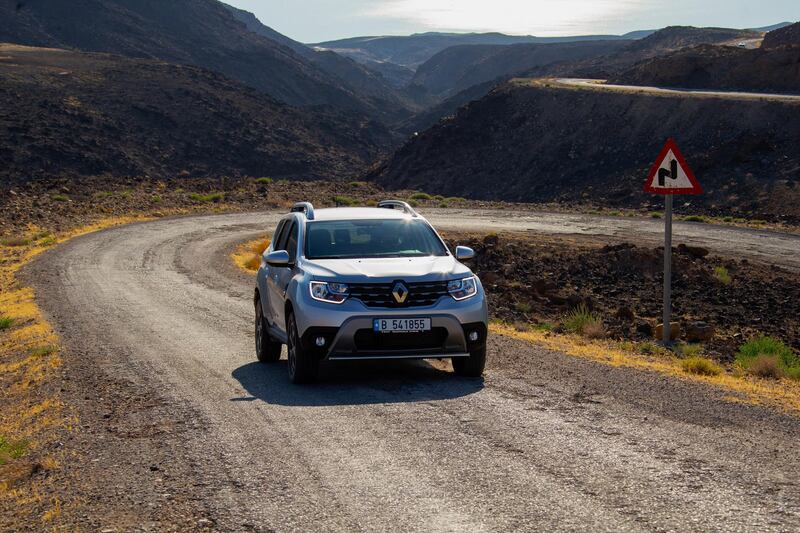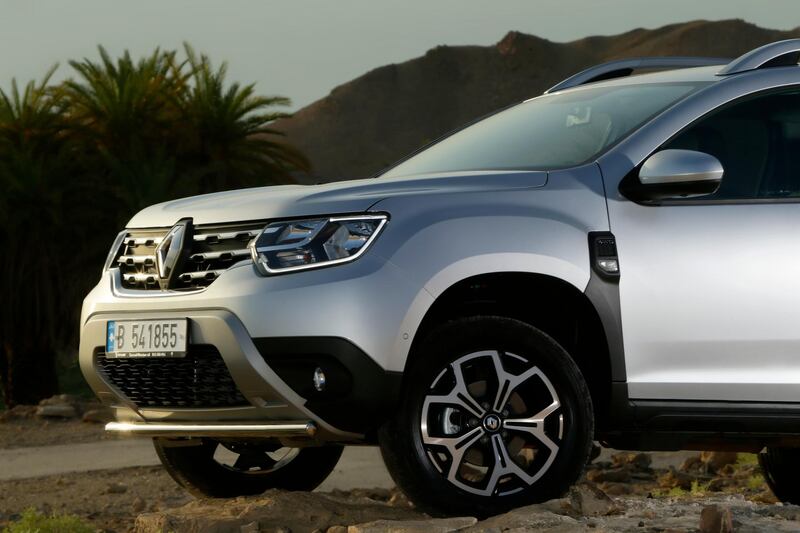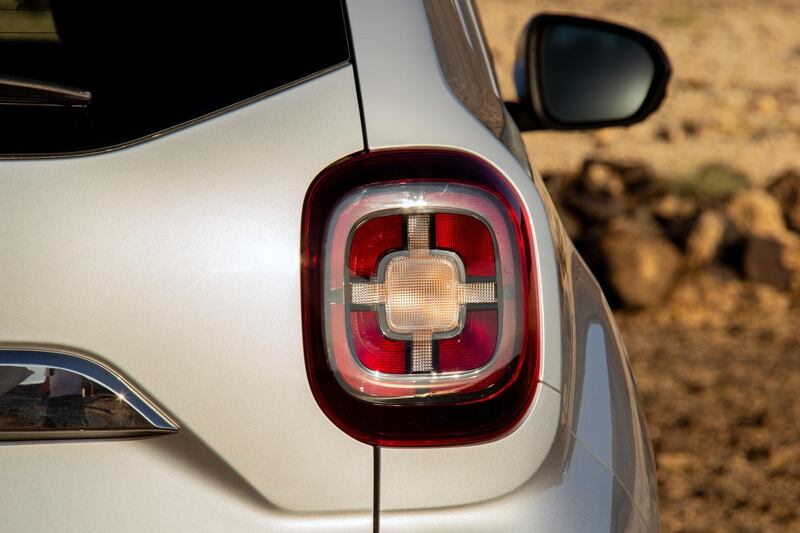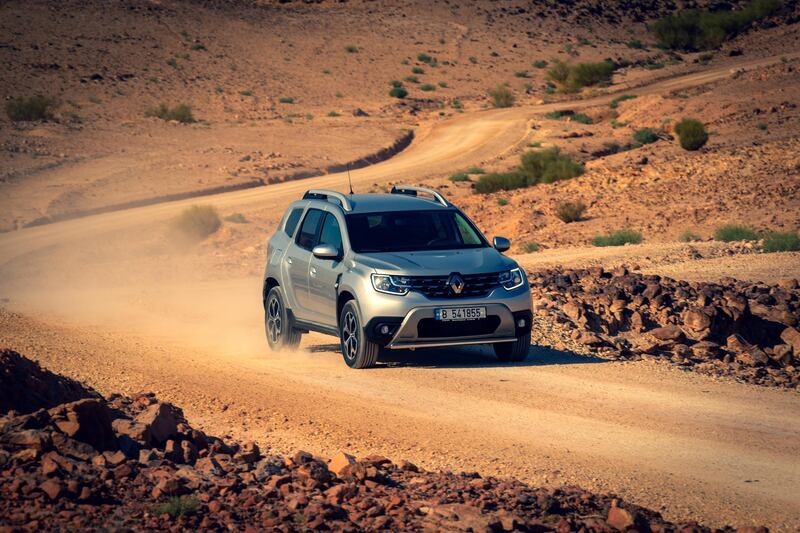Of the 2.5 million or so Renault Dusters sold since its launch in 2010, you might assume that the vast majority of them may not have seen all that much rough-and-ready off-road service. On the face of things, the cheap and cheerful SUV chiefly seems to represent a budget-conscious answer to "how do I get the children to school and still have enough cash to feed and clothe them if I don't earn a chief executive's wage?" It's a city run-around, not a wadi-conquering warrior. Right?
Maybe not. On the evidence of the all-new Duster, the assumed order might not be quite what it appears. And I’m in Jordan, on a route from the Dead Sea to Unesco-decorated city Petra, to discover exactly how.
In some markets, you may know it better as the Dacia Duster, but whatever you call this pocket-friendly SUV, it has been looking a little dated in recent times, which means that this total overhaul of its exterior is particularly welcome. It has been brought up to date with a bang, thanks to a more rugged front end that echoes the smartly utilitarian grilles of contemporary Mitsubishis – presumably a side effect of the resource sharing of the Renault-Nissan-Mitsubishi Alliance – and rear quarters that peak with neat cross-motif rear lights and a Range Rover-esque back bumper.
Not a single body panel remains from the outgoing Duster, while much effort has also gone into the quality of the interior experience, with a claimed 50 per cent reduction of noise in the cabin, thanks to better soundproofing and thicker glass in the front windows.
There is a seven-inch touchscreen, from which you can view the inputs of four exterior cameras, plus monitor its 4x4 capabilities, at least in the 2.0-litre version that I am test driving. The other engine option available, a 1.6-litre, is two-wheel drive only. The former car can also be switched to two-wheel drive, although you would imagine most will keep it set to "auto". You unlock and lock the car via a credit-card-size "key" – albeit one that looks like a remote control for a cheap hi-fi – while there are also blind-spot warnings as an optional extra.
Not all of the improvements are total successes. There is increased storage space, which should be a boon, yet the multitude of cubbyholes could probably benefit from being fewer and larger, rather than seemingly aimed at storing half an electronics store of devices one by one.
The new electric power steering, meanwhile, has plenty of bite on the road, but when pulling away on gravel or anything rougher, it somehow suddenly becomes so light that you fear you could spin the wheel in your hands like a proverbial plate.
________________
Read more:
[ The UAE's fastest, largest and most luxurious SUVs ]
[ Popular Range Rover Evoque Convertible is an attention grabber ]
[ Road test: 2018 Jaguar E-Pace ]
Latest from The National's Motoring section
________________
One thing that the aforementioned improved soundproofing can’t entirely mask is the continuously variable transmission, which has a frustrating tendency to over-rev when accelerating, but also becomes obstructively slow to kick things down when on ascending gradients on tarmac. And the Duster does lack power on the undulating test route, struggling on steeper sections even with your right foot to the floor – the 1.6-litre, on this evidence, is probably best swerved if and when you make a trip to the Renault dealer. Handling isn’t class-leading, but it is generally solid when required. None of this comes as a particular surprise – it’s more or less a better-looking upgrade of the existing car when it comes to life on the roads.
But venture off them, and suddenly there is enough to pique the interest. The 210 millimetres of ground clearance doesn’t necessarily suggest great talent in the field, but get this: during the trip, one unfortunate journalist somehow manages to roll a Duster multiple times down a wadi and comes out unscathed, which has to be a significant testament to its durability.
That promise is also proven when our crocodile of Dusters peels off terra firma a few kilometres away from Petra onto an averagely challenging dirt track that in places becomes more rough rock than sandy soil. Granted, we aren't wadi-bashing or taking on Big Red – one suspects the Duster might find dunes more challenging than the harder stuff. But aside from the occasional larger chunk of landscape causing some mildly unpleasant noises from the undercarriage, nothing seems to daunt the SUV. Indeed, its lack of power on road never rears its head when taking on this terrain. And when you consider the starting price of Dh54,000, that is nothing short of remarkable.
The Duster’s sales are already strong in the Middle East – it currently accounts for 20 per cent of Renault’s total units in the region. And when it lands in the Gulf in September, the car that its maker has slightly ambitiously dubbed the “Unstoppable SUV” looks like it might live up to that name, at least in terms of its commercial success.
There are certainly a multitude of less capable peers with a premium sheen in this crowded sector that will set you back significantly more money.
